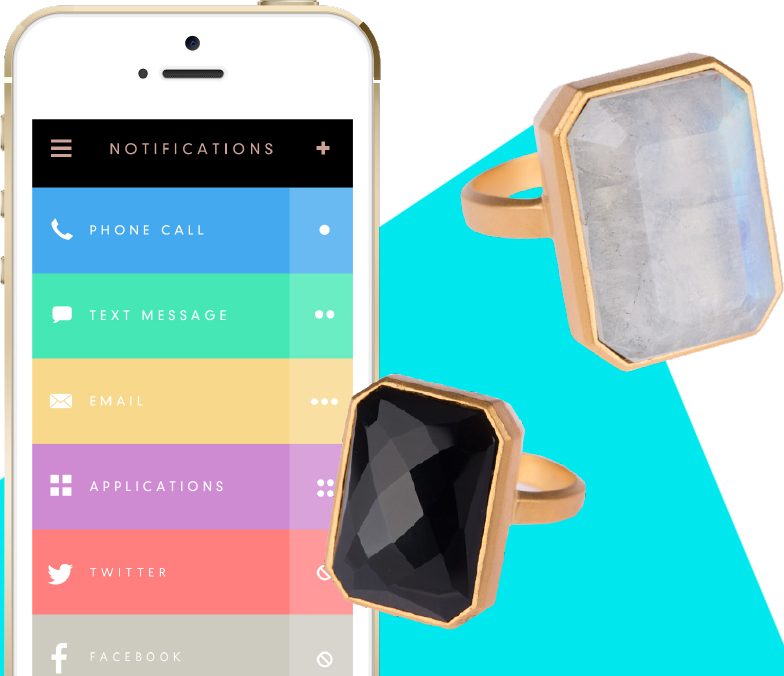What Can NZ Post do with $495 Million?
New Zealand Posts business model has been sinking slowly over the past 10 years.
The drop off in letters and dwindling numbers of visitors to their retail stores has been like watching a roaring waterfall become a mere trickle.
Since the creation of Kiwibank, NZ Post’s profits have slowly eroded because of the shrinking market for Post’s offering and as they’ve poured money into their subsidiary.
But the cost to NZ Post has been greater as it has failed to redirect resources to create a culture of innovation in response to the very real threat of digital disruption.
Over time the younger cousin has gone from strength to strength while the generous uncle has floundered, so much so that they are now facing the real possibility that one will pull both down.
In an effort to ensure the survival of both entities, NZ Post will sell 45% of Kiwibank. The sale will see them pocket $495 million and allow Kiwibank to focus on growth without profits being redirected to keep NZ Post in the black.
So what does some of that $495 million buy for NZ Post? A second chance to remove the Resource Curse and create a culture of innovation?
Removing the Resource Curse
The Resource Curse goes something like this
Some organisations are happy with their lot and continue to focus on current technology as opposed to developing new technology that allows them maintain pace with end user needs.
Examples of the Resource Curse in action include Sony Music vs Spotify, Hilton vs Air BnB, Taxis vs Uber and Blockbuster vs Netflix.
Obviously we don’t have access to any of the ideas NZ Post are currently working on, but we know they have some cracking people working there. So rather than offer suggestions , let’s look outside their sector and see what innovative ideas other companies, both big and small, are coming up with.
Grocery Delivery in 1hr
Instacart delivers groceries and ingredients for the recipes you love from multiple stores. Instead of having to write down ingredients for recipes you see online, you can add them instantly to your shopping cart which is then delivered right to your door.
Rather than build an expensive distribution network, Instacart employs personal shoppers to pick out and deliver groceries within an hour.
Artificial Intelligent Assistant
Facebook “M”, Siri, Google Now, Microsoft Cortana and Amazon Echo. It’s a crowded market place and now we have Frank your very own personal assistant whose mission is to make your life easier.
Started by New Zealander, Geraldine McBride, Frank is a digital assistant who can do pretty much anything, from automatically filling out forms, applying for mortgages, extending warranties, reminding you about pending bill payments and finding the best deals for flights to Fiji.
Ringly: Form Meets Function
Google Glass was proof that function doesn’t surpass form. Wearable technology needs to look great or people won’t wear it. Ringly combines high fashion with technology, so we can look cool and stay connected at the same time. Ringly wearers download the app, pair the ring to their phone and select the most important notifications to come through to their ring.
Social shopping delivers hottest products straight to your door
Container Door is a New Zealand wholesale retailer with a twist. Founder, Ben Nathan and his team hand pick, test and approve items from a multitude of manufacturers across the world.
Here’s the twist. Items are featured on the website, but only go live once a minimum number of orders have been placed. This gives Container Door the bargaining power they need to deliver incredibly competitive prices.
About the author:
Kaleb Francis is a Digital Strategist and has developed a reputation as a thought leader. Kaleb studies global developments to identify trends and to assess how these can be applied to communicate brand experiences.



